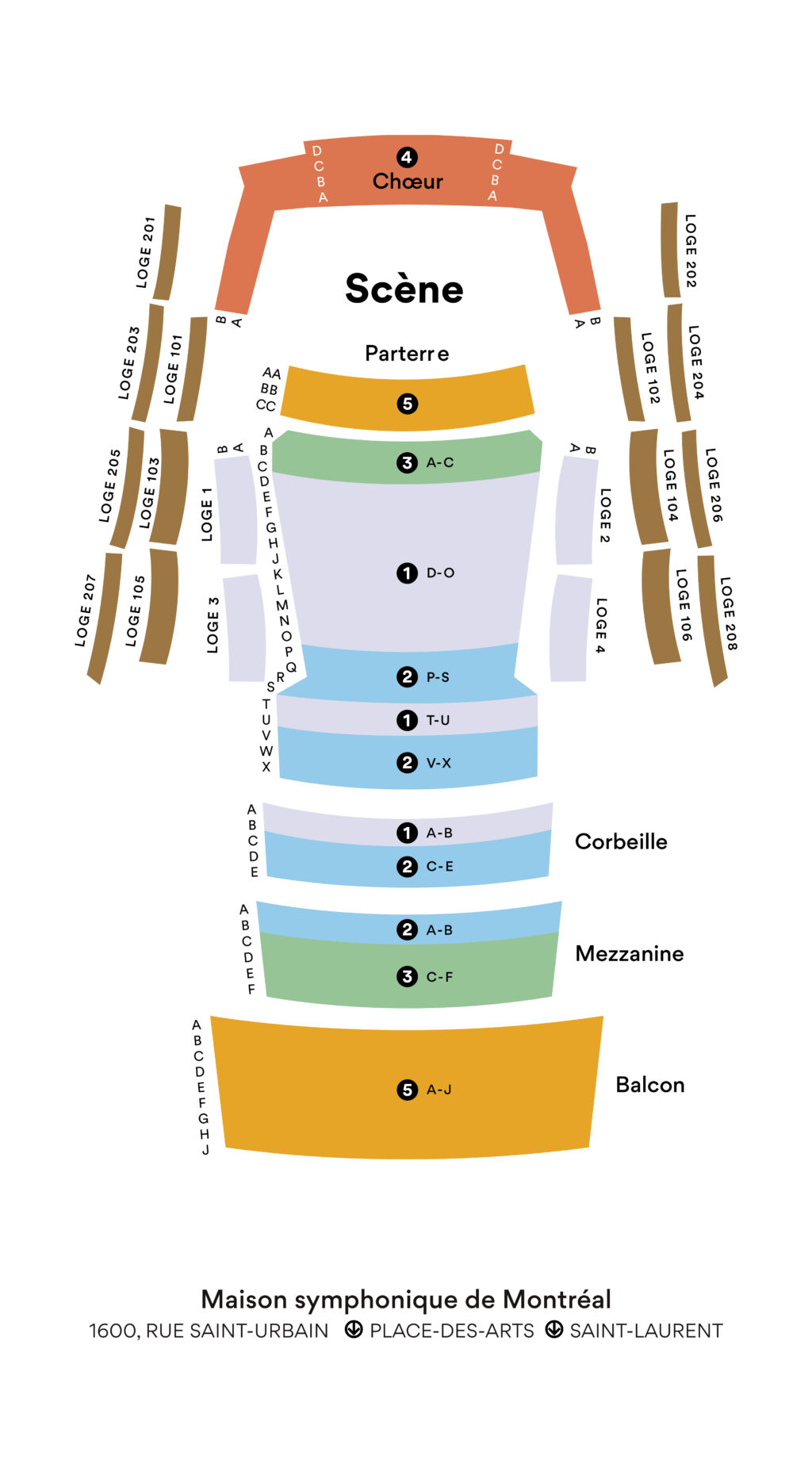Daphnis et Chloé, ballet in three parts
Ravel
1875 – 1937
“One of the most beautiful products of French music.” – Igor Stravinsky on Daphnis et Chloé
From the pastoral poem Daphnis and Chloe by second-century Greek writer Longus, Ravel drew a vast, pantheistic fresco with mythological overtones depicting the love of the shepherd Daphnis and shepherdess Chloe and the trials they undergo before finally experiencing happiness.
In its complete version, the ballet is a kind of symphony in three sections for orchestra and chorus and, lasting about an hour, is Ravel’s longest work. Daphnis et Chloé was premiered in Paris in 1912 by Serge Diaghilev’s celebrated company, the Ballets Russes, in a choreography by Michel Fokine, with the great Vaslav Nijinski in the role of Daphnis. The magnificent costumes and sets were by Léon Bakst.
Beyond the love and adventures of Daphnis and Chloé, the sumptuous score mainly celebrates the forces of nature. Ravel felicitously evokes the murmurs of the forest at dawn on the island of Lesbos, where the action is set, complete with birdsong and the wispering—and later roar—of the wind. He uses human voices as musical instruments, giving them wordless vocalises to sing and using them to represent the very breath of omnipresent life. The score also calls for an aeoliphone, or wind machine, a noise-generating device that brilliantly imitates the sound of the wind while providing precise control over volume and pitch. The ballet’s orchestra also includes a rare alto flute with its remarkable rich, dark tone, two harps and a ample percussion section.
Many passages in Daphnis et Chloé are memorable. Notable, among others, are the unforgettable introduction, which seems to evoke the beginning of the world; the Lever du jour (Daybreak), which plunges us into the middle of an awakening forest, with the first rays of sun and chirping of the birds; the captivating instrumental solos, especially for oboe and flute; and the many dances in various styles, by turns amorous, comical, hypnotic, langourous and warring. A spectacular Bacchanale, rythmically very close to a tarantella, brings the masterpiece to a conclusion with a typically Ravelian crescendo that is both ecstatic and frenetic.
© 2022 Claudio Ricignuolo
Translation by Craig Schweickert
